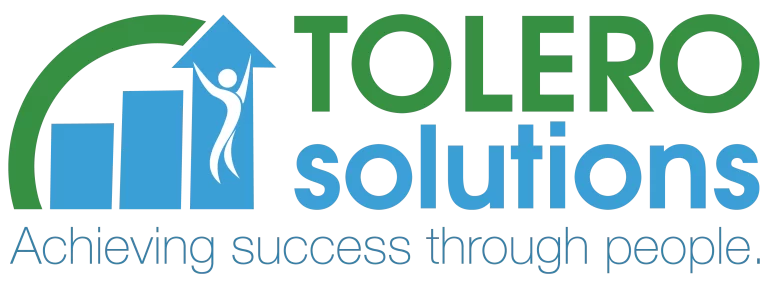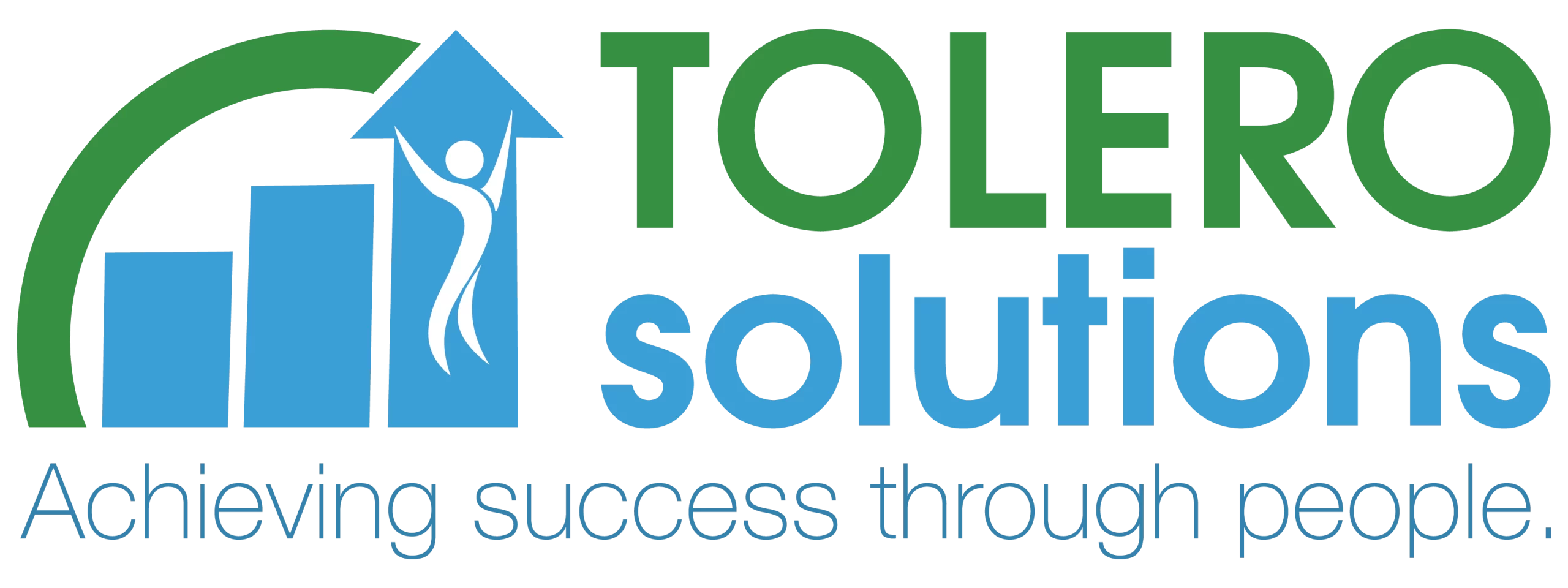Innovation – finding a better way of doing something, creating something new – that’s how Google, Apple, Microsoft, Amazon, and countless others became such well-known brands. Rather than just “do what the Roman’s did” – they created something that no one else had – or at least delivered products and services in a way that their competitors had not done.
Innovation doesn’t just happen. Innovation requires key areas of your business running like a well-oiled machine.
Here are some things to focus on in order to succeed:
- Culture: To become a business where innovation thrives you must create a culture that fosters innovation. Build a highly engaged and committed workforce. Let employees know they and their ideas are valued. Develop a culture where they feel safe to speak up and their voices can be heard. Creating this type of environment increases employee commitment and brand loyalty, increases motivation and enhances creativity and collaboration – all contributing to fostering ongoing innovation.
- Processes: To have an innovative organization requires adaptable and flexible processes. Rigidity and complexity can kill innovation. Processes should support the organization in developing the ability to change and adapt (flexibility, speed, and ability to learn). Processes should support a culture of innovation and continuous improvement. Processes themselves should be continuously improved, simplified and coordinated, to support the organization strategy and market demands. The more that processes help relevant and correct information be reported and delivered, the faster innovative products and services can be continuously updated and improved, and the higher levels of innovation you can achieve.
- People: Organizations can’t exist without people. People make the difference in every business. To foster ongoing innovation you must recruit, engage, and retain the right people for your culture. Many things may bring employees through the front door, but bad work environments drive them out. A positive environment helps people reach higher levels of productivity and innovation. People are the company. High performing innovative organizations recognize and embrace this fact. They acknowledge that it is the people who develop and enhance products and services, people who serve the customers, and people who execute the organizations’ strategy. It is people who measure the organizations’ progress and steer its direction. It is the people and their capabilities, individually and collectively, that ultimately drive innovation.
You can certainly pull the executive team together to brainstorm ideas on how to create innovation within your organization – however, Google, Apple, Zappos, Amazon, and the countless other companies didn’t succeed just because they had a good executive team. They succeeded because they had the right culture to cultivate innovation, they had the right processes in place to engage resources and maximize productivity and they had the right people – and kept them engaged and happy – in place to execute on innovative product development and service delivery.
It’s ok to admit your organization needs a little help to develop or enhance these 3 key areas. Do you think Google, Apple, Zappos, and Amazon did it entirely on their own? Innovation is a process; a team effort. After all, Rome wasn’t built in a day – but it was built on innovation!
About Scott Span, MSOD: is CEO & Lead Consultant of Tolero Solutions – an Organization Improvement & Strategy firm. He helps clients in achieving success through people, creating organizations that are more responsive, productive and profitable. Organizations where people enjoy working and customers enjoy doing business.
Email | Website | LinkedIn | Twitter | Blog | Facebook
______________________________________________________________
*All Rights Reserved. Reproduction, publication, and all other use of any and all of this content is prohibited without authorized consent of Tolero Solutions and the author.







